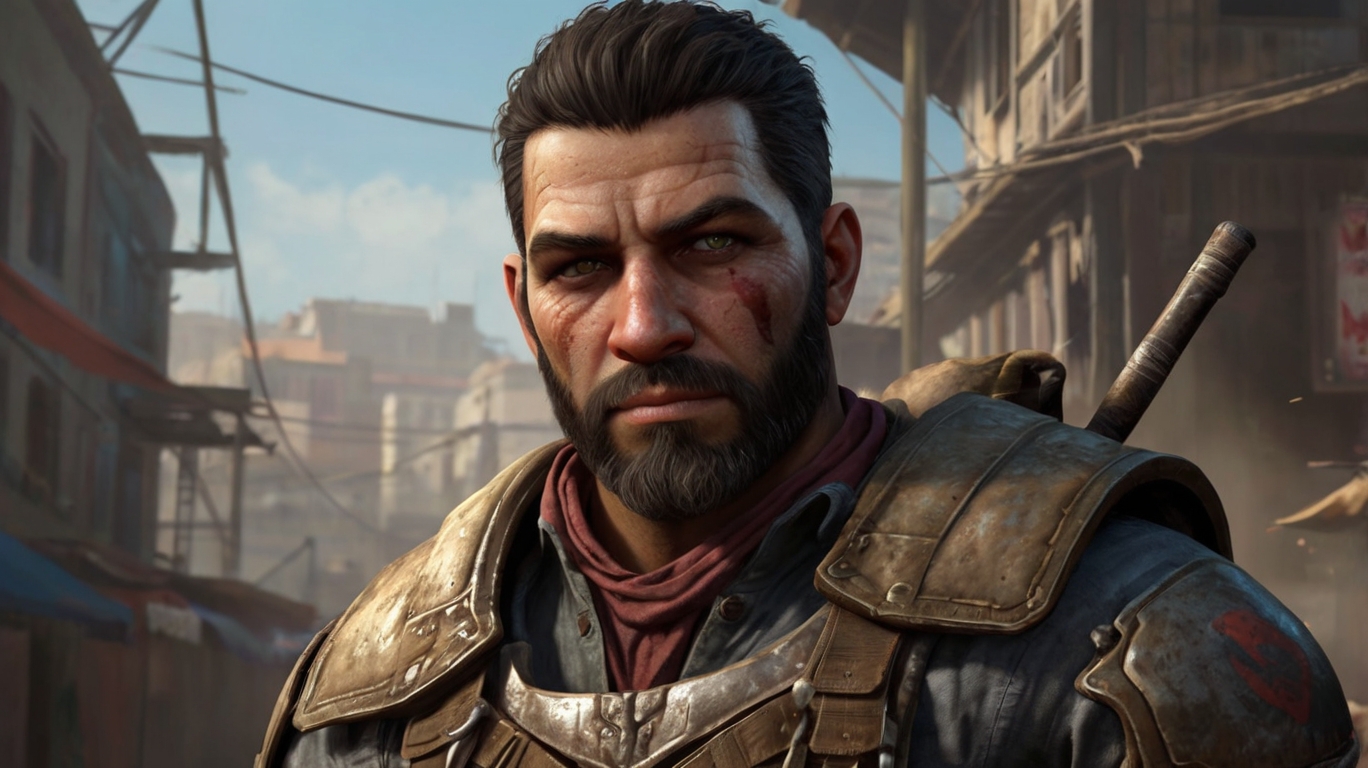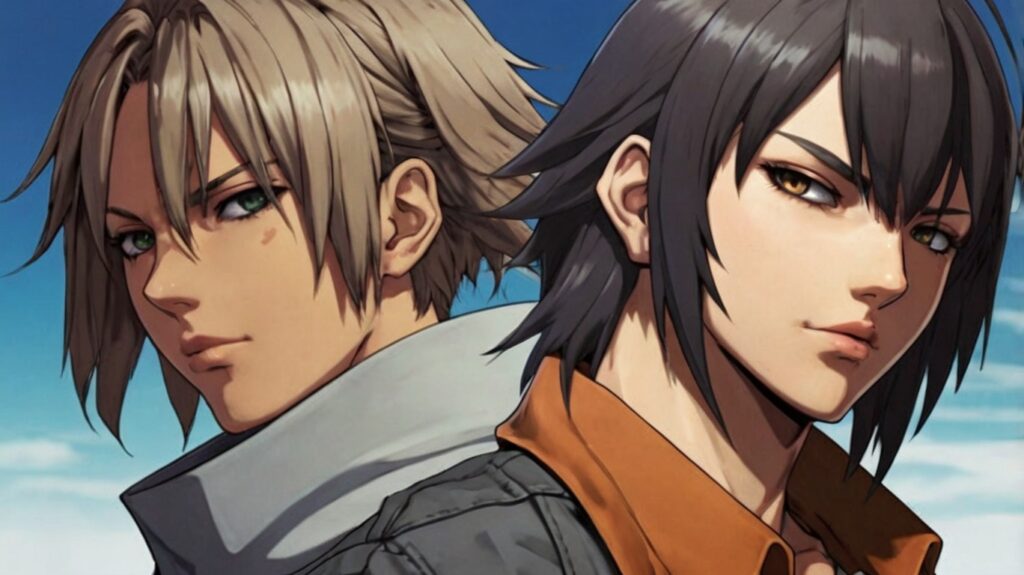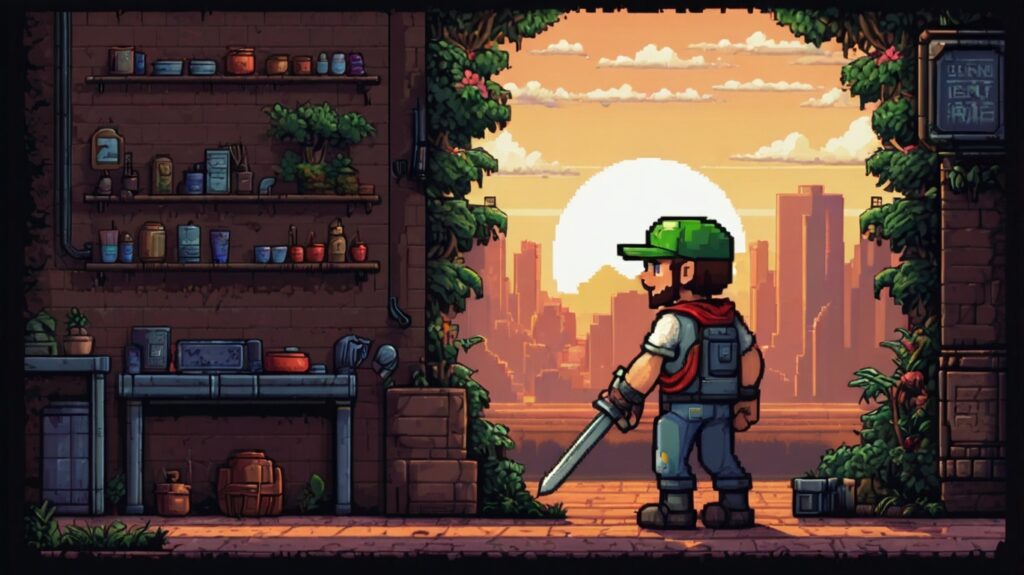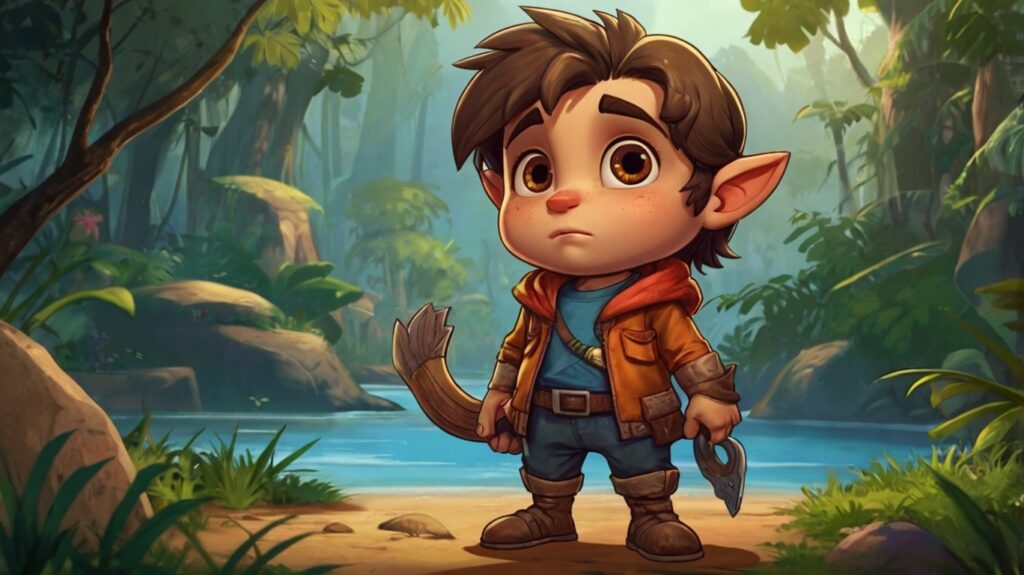
A key component of game design, character art is essential for telling the tale, establishing the mood, and drawing players in. At Melior Games, we know that a game’s appeal can be greatly influenced by illustration of its characters are illustrated. Let’s examine the distinctive qualities and uses of some of the gaming industry’s most well-known character art genres.
1. Realistic Art Style
Realism in character art aims to imitate real life through accurate anatomy, realistic materials, and painstaking attention to detail. To create characters in this style that are almost lifelike, artists commonly use advanced 3D modeling and rendering techniques.
AAA games, particularly those that fall under the action, adventure, and simulation genres, frequently feature realistic graphics. Realistic video games—”The Last of Us Part II” and “Red Dead Redemption 2” are two great examples—improve immersion and the player’s emotional connection to the characters.
The difficulties in achieving realism include the need for expensive equipment and highly qualified artists. Costly and time-consuming development processes are common.

2. Stylized Art Style
Elevated details, vivid hues, and simple shapes are the main characteristics of stylized character art. Artists frequently use a more whimsical and artistic interpretation over accurate proportions and textures in this style.
From action RPGs like “World of Warcraft” to platformers like “Ratchet & Clank,” stylized imagery is abundant and adaptable across many genres. Making distinctive, memorable, and standout characters is especially well-suited to this technique.
Exaggeration must be balanced with coherence and attractiveness in stylized art, which demands a strong sense of design and originality even if it is less resource-intensive than realism.

3. Anime/Manga Art Style
Characters in the anime/manga art genre have big, expressive eyes, exaggerated facial expressions, and dynamic poses. These elements are influenced by Japanese animation and comics. Frequently crisp and clean, the linework places a great focus on the silhouettes of the characters.
Fighting games, visual novels, and JRPGs all use this style frequently. Games like “Persona 5” and “Dragon Ball FighterZ” use anime/manga styles to create characters that are both aesthetically arresting and emotionally compelling.
A thorough comprehension of the cultural quirks and aesthetic standards that characterize the anime/manga genre is necessary to capture its essence.

4. Pixel Art Style
Blocky, pixelated graphics that harken back to the days of early video games define the retro aesthetic of pixel art. Pixel art, which relies on the deft use of constrained color palettes and small sprite sizes, can be quite expressive despite its simplicity.
Indie game genres include platformers, role-playing games, and roguelikes are major fans of pixel art. Pixel graphics is a powerful tool. Games like “Celeste” and “Stardew Valley” use it to generate charm and nostalgia.
Within the limitations of pixel grids, pixel art demands ingenuity and precision to maximize detail and expression.

5. Cartoon Art Style
Similar to Western animated cartoons, cartoon art has strong contours, exaggerated expressions, and brilliant colors. Characters frequently have simple shapes and a cheerful, joyful appearance.
Platformers and games aimed at families frequently use this approach. Cartoon graphics are used in games like “Fortnite” and “Cuphead” to generate likable, approachable characters.
Cartooning may look easy, but to truly portray motion and personality, one needs a keen sense of timing and emotion.

6. Gothic/Dark Art Style
Gothic and dark art forms emphasize shadows, minute details, and a sense of dread in their gloomy, atmospheric images. Characters frequently include sharp features, dramatic lighting, and eerie aesthetics.
Dark fantasy, horror, and gothic role-playing games all use this style. Via this aesthetic, video games like “Darkest Dungeon” and “Bloodborne” provide a spooky and immersive experience.
Thorough attention to detail and a profound understanding of lighting and atmosphere are necessary to create a coherent gothic art style.
Conclusion
The choice of character art style greatly enhance a game’s identity and narrative. We at Melior Games welcome the variety of artistic expression, understanding that every genre has its own advantages and disadvantages. Game creators may produce engaging and memorable gaming experiences by learning about and experimenting with various character art styles. There are a plethora of opportunities to explore in the area of character design, from the appealing simplicity of pixel graphics to the lifelike realism of AAA blockbusters.




